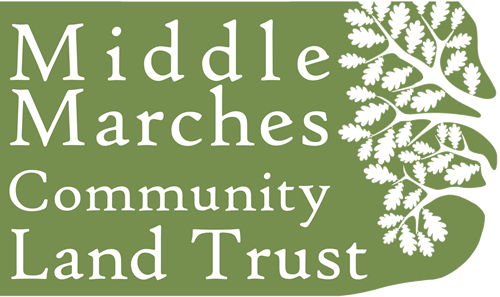Notes from the Hill
By Simon Cooter and the Natural England staff at Rigmoreoak (February 2020)
There have been some exciting sightings in recent months of what are very likely to be pine martens in the Stiperstones area.
These tree loving mammals, which are related to stoats and weasels, are generally confined to the north of the UK with their stronghold in the highlands of Scotland. They were once common in much of Britain, but almost entirely disappeared from England in the eighteenth and nineteenth centuries due to trapping for pelts and persecution by gamekeepers. In 1988 they received full protection under the wildlife and countryside act. Even with protection they have not recolonised England and can only be found in small pockets of Wales and North East England.
In 2015 a small population of pine martens were surprisingly rediscovered in Shropshire and subsequent monitoring using camera traps has identified at least 10 individual animals. Different individuals can be recognised by the distinctive dark marks on their creamy white bibs, assuming that they pose properly for the camera.
So keep your eyes open for a large dark bushy tailed mammal amongst the trees, and please let us know of any sightings, ideally with a grid reference. Although they are mostly nocturnal they can sometimes been seen during the day particularly at dawn or dusk.
For more information on the Shropshire Wildlife Trust’s pine marten project see the wildlife trust website, you can even adopt a pine marten.
Two facts that I find intriguing about pine martens are:
- that their diet in the summer is largely of berries – bilberry, blackberry and rowan berries – of which we have plenty on the Stiperstones, and
- that they prey upon grey squirrels which could go some way to controlling this invasive species.
In Scotland pine martens can be regular visitors on bird tables, particularly where peanuts and raisins are left out, however as they are largely nocturnal they could be visiting bird tables unknown to their owners.
Feeding birds must be the easiest way of benefitting wildlife, at this time of year, in and around your home, and although we have had a mild winter so far, there will undoubtedly be some cold weather this winter when feeding birds will help their survival.
Recent research by the British Trust for Ornithology has shown that the British habit of feeding birds has had considerable positive benefits to garden birds. As a nation we spend 200-300 million on feeding birds in our gardens. The BTO research concludes that, over the last 40 years, garden bird populations and the variety of birds visiting gardens have increased and this is a direct result of feeding birds in the garden.
